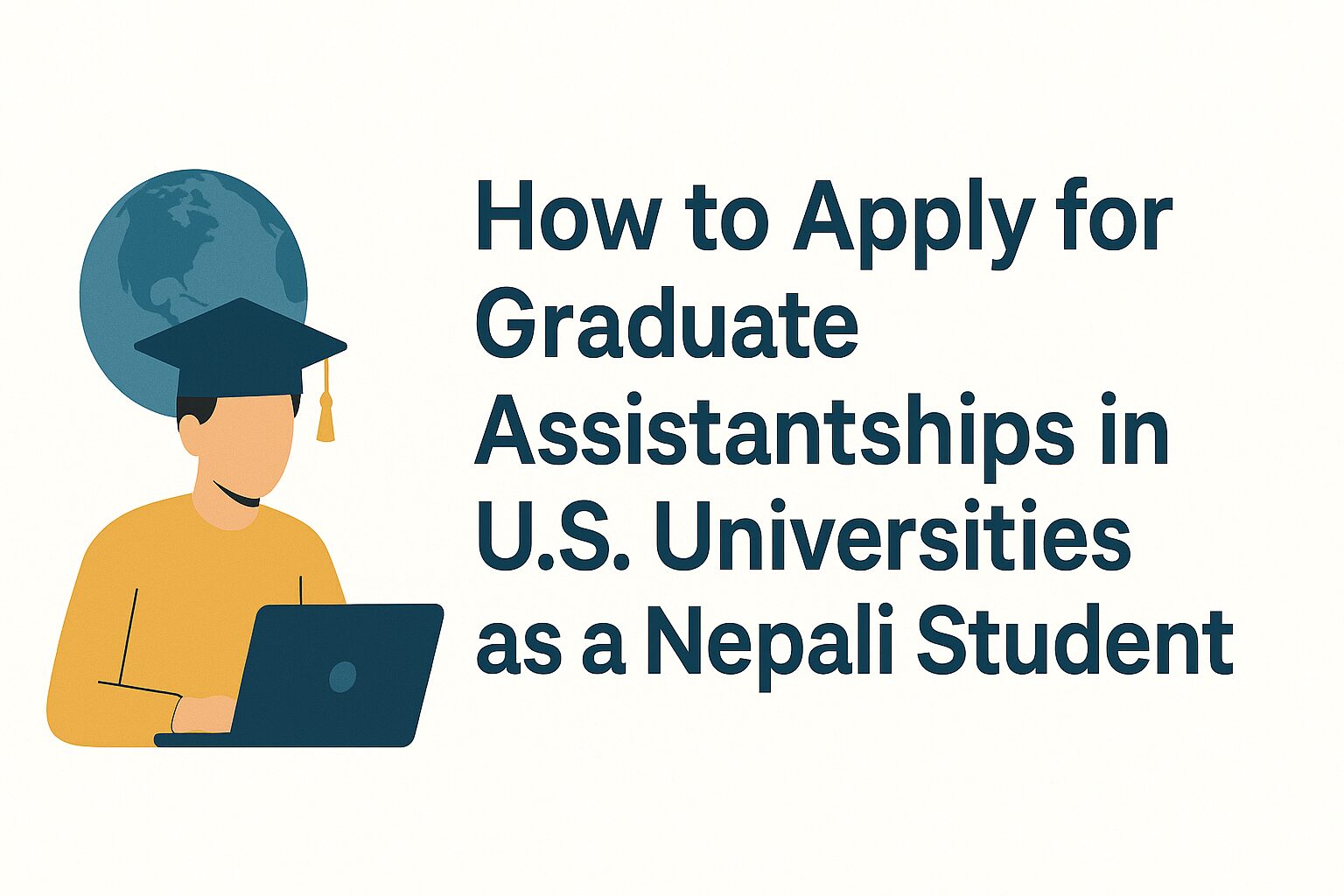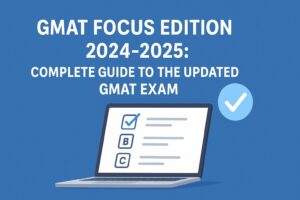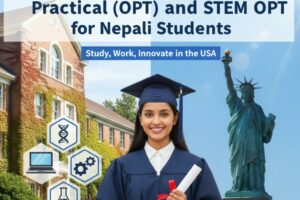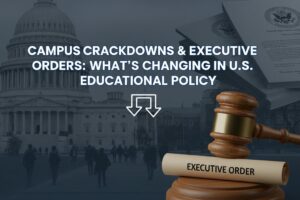How to Apply for Graduate Assistantships in U.S. Universities as a Nepali Student

Many Nepalese students dream of getting a Master’s or PhD education in the U.S., but the biggest concern isn’t the admission letter — it’s how to afford the tuition and living expenses. That’s where Graduate Assistantships (GA), Research Assistantships (RA), and Teaching Assistantships (TA) come into play. These positions don’t just help you cover tuition fees — they also give you hands-on experience, strengthen your profile, and make you part of the academic community.
But how exactly do you land one of these competitive opportunities as a student from Nepal? Let’s break it down.
1. Understanding the Types of Assistantships
Before you even think about applications, you need to know what’s out there:
- Research Assistantship (RA): Work with professors on ongoing research projects. Ideal if your background or interests line up with their field.
- Teaching Assistantship (TA): Help with labs, grading, or guiding undergraduate students. Good communication skills and subject knowledge are valued here.
- Graduate Assistantship (GA): Departmental or administrative support roles, sometimes beyond research and teaching.
- Fellowships/Scholarships: Funding based on merit or research excellence, often without work requirements.
Each comes with its own selection criteria. Knowing which one suits you best helps you target your efforts smartly.
2. Identify Your Research Interests (and Connect Your Experience)
Assistantships are rarely given out at random — professors want students who can add value to their lab or department. That means you need to be clear about what excites you academically and how it connects to your skills or work experience.
For example:
- A civil engineer with site work experience could fit well into geotechnical or construction materials labs.
- A nursing graduate might target public health research or health informatics groups.
- Someone with coding and data analysis skills could look at AI, robotics, or biomedical research labs.
When you can connect your past work to your future research interest, professors are more likely to see you as an asset, not just an applicant.
3. Do Some Homework on Research Trends
One mistake many students make is emailing professors without understanding what they actually do. If you want to stand out, read up on recent articles, conference papers, and lab projects in your field. This doesn’t mean you need to understand every technical detail, but be able to show genuine interest. Professors notice this.
4. Start Shortlisting Professors Early
Timing matters — a lot. Most U.S. universities hire assistantships during the Fall intake, when budgets are fresh and labs onboard new graduate students. Spring intake is possible but more limited. At Edwise, we will help you explore your possibilities.
If you’re aiming for Fall 2026, you should ideally start shortlisting professors by Spring 2025. That’s 12–18 months ahead. This gives you time to:
- Research their work,
- Prepare your resume, and
- Adjust your plans if someone isn’t taking students.
Early birds don’t just catch the worm — they catch the funding too.
5. Build a Resume and Email That Actually Gets Read
Generic emails don’t work. A professor won’t respond if your message looks like it was sent to 50 others. Your email should be short, polite, and tailored. At Edwise, we help you prepare a strong email by highlighting their strengths and addressing any weaknesses to create a personalized approach. We help you craft a strong resume that highlights relevant skills, projects, and work experience.
Think of it less like “asking for a job” and more like “showing how you can collaborate.” However, one thing to remember is that sometimes professors can’t promise funding directly, but your communication keeps you on their radar when positions open up.
6. Why Fall Intake is Your Best Bet
It’s worth repeating: Fall is the main season for assistantships. Most U.S. universities allocate research grants, departmental budgets, and new projects in the Fall semester. That’s when the majority of graduate students are admitted — and when most positions are available. Spring intake can still work, but opportunities are fewer, and competition is tighter.
7. The Final Step — Apply Strategically
Once you’ve built relationships, identified programs, and clarified timelines, it’s time to apply. Target universities where:
- Your research interests align,
- You’ve had some positive response from professors, or
- The department is known to fund students in your field.
Even if you don’t have guaranteed funding before applying, a well-planned shortlist increases your chances of getting an offer with financial support.
Why This Matters — and Where Edwise Comes In
The truth is, applying for assistantships can feel overwhelming. From figuring out research areas, shortlisting professors, writing the right emails, to timing your application — there are dozens of places where students go wrong.
That’s where Edwise Foundation comes in. With years of experience guiding Nepali students to U.S. universities, we understand what professors look for, how to approach them effectively, and how to time your applications for maximum success.
If you’re serious about funding your U.S. education through an assistantship, don’t wait until the last minute. The earlier you start, the better your chances. Visit Edwise Foundation today — let’s build your personalized strategy to secure admission and improve possibilities to secure an assistantship.



